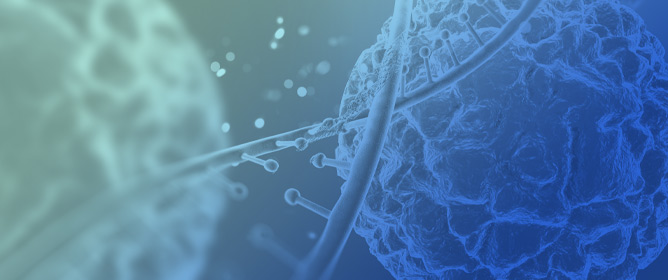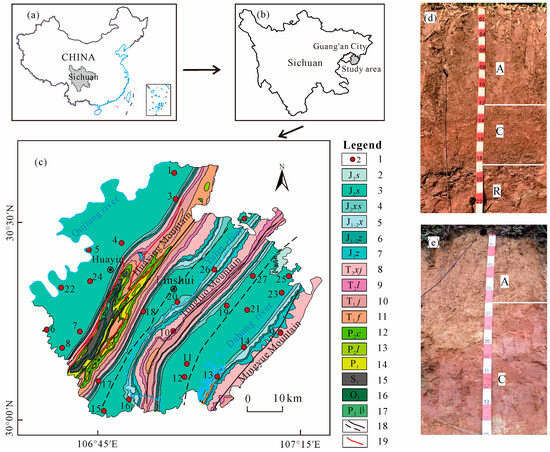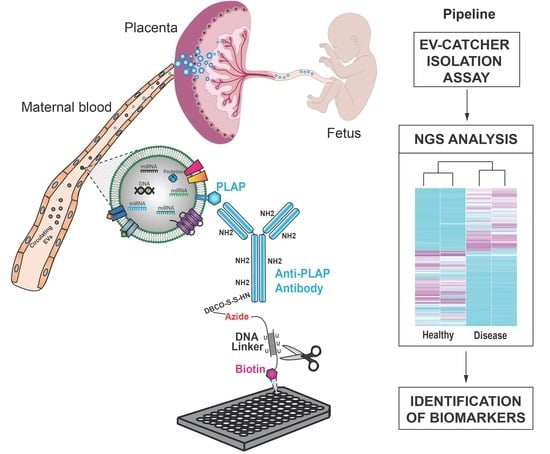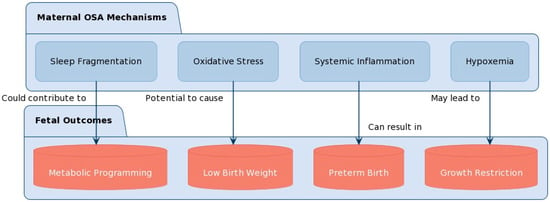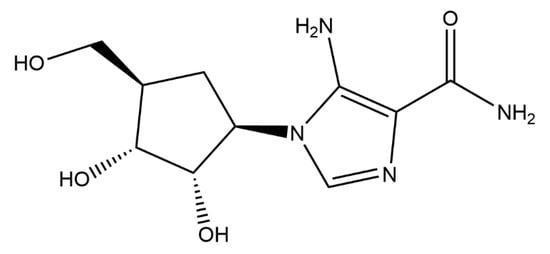Background: Carotid body tumors (CBTs) are rare benign tumors that arise from the chemoreceptor tissue located at the carotid bifurcation that require excision if symptomatic. Depending on the size and location of the tumor, the carotid artery may need to be repaired after resection. This study aims to assess whether CBT excision with artery resection had higher rates of 30-day postoperative outcomes compared with CBT excision without artery resection. Methods: This is a retrospective cohort study. Patients were identified in the American College of Surgeons National Surgical Quality Improvement Program (ACS-NSQIP) registry from 2005 to 2017. They were divided into two groups, based on Current Procedural Terminology (CPT
®) codes: group A had CBT excision without carotid artery excision (CPT code 60600) and group B with carotid artery excision (CPT code 60605). Patient demographic characteristics, co-morbidities, and 30-days postoperative outcomes were compared between the two groups. Categorical data were analyzed using Pearson’s
X2 or Fisher exact tests and presented as proportions (percentages). Continuous data were analyzed using parametric or non-parametric tests as appropriate. Statistical significance was defined as
p < 0.05. Statistical analysis was performed using the SPSS statistical software package. Results: A total of 463 patients were identified, 410 (88.4%) in group A and 53 (11.4%) in group B. Overall, there were 291 (62.9%) women. A higher proportion of women underwent CBT excision only, compared to men (91.1% [265/291] vs. 84.3% [145/172],
p < 0.0001). Demographics and comorbidities were similar between groups. There was no significant difference in the 30-day postoperative outcomes. The reoperation rate was higher in group B (3.8% vs. 1.5%,
p = 0.334), while the readmission rate was higher in group A (3.2% vs. 0%
p = 0.269), and both were not significantly different. Overall morbidity and serious morbidity were higher in group B (7.5% vs. 5.9%,
p = 0.626) and lower in group A (5.7% vs. 3.9%,
p = 0.544), respectively, but were not significantly different. Operative time (mean, SD) was higher in group B (187 ± 107 vs. 138 ± 66 min,
p < 0.001). However, the median (IQR) of hospital length of stay (LOS) was similar (2 [1, 4] vs. 2 [1, 3] days,
p = 0.134). Conclusions: Overall, no difference was noted in the 30-day postoperative outcome between the two surgical approaches of CBT. However, operative time was longer when artery resection was performed. Further research to determine the factors predicting the need for carotid artery resection among patient gender is needed.
Full article
 IJMS
IMPACT
IJMS
IMPACT Applied Sciences
IMPACT
Applied Sciences
IMPACT Sustainability
IMPACT
Sustainability
IMPACT Sensors
IMPACT
Sensors
IMPACT JCM
IMPACT
JCM
IMPACT Materials
IMPACT
Materials
IMPACT Molecules
IMPACT
Molecules
IMPACT Energies
IMPACT
Energies
IMPACT Electronics
IMPACT
Electronics
IMPACT Remote Sensing
IMPACT
Remote Sensing
IMPACT Cancers
IMPACT
Cancers
IMPACT Nutrients
IMPACT
Nutrients
IMPACT Mathematics
IMPACT
Mathematics
IMPACT Foods
IMPACT
Foods
IMPACT Buildings
IMPACT
Buildings
IMPACT Polymers
IMPACT
Polymers
IMPACT Animals
IMPACT
Animals
IMPACT Water
IMPACT
Water
IMPACT Plants
IMPACT
Plants
IMPACT Agronomy
IMPACT
Agronomy
IMPACT Biomedicines
IMPACT
Biomedicines
IMPACT Processes
IMPACT
Processes
IMPACT Microorganisms
IMPACT
Microorganisms
IMPACT Diagnostics
IMPACT
Diagnostics
IMPACT Nanomaterials
IMPACT
Nanomaterials
IMPACT Viruses
IMPACT
Viruses
IMPACT Medicina
IMPACT
Medicina
IMPACT Healthcare
IMPACT
Healthcare
IMPACT Cells
IMPACT
Cells
IMPACT Forests
IMPACT
Forests
IMPACT Agriculture
IMPACT
Agriculture
IMPACT Land
IMPACT
Land
IMPACT JMSE
IMPACT
JMSE
IMPACT IJERPH
IJERPH
 Symmetry
IMPACT
Symmetry
IMPACT Genes
IMPACT
Genes
IMPACT Pharmaceutics
IMPACT
Pharmaceutics
IMPACT Coatings
IMPACT
Coatings
IMPACT Micromachines
IMPACT
Micromachines
IMPACT Pharmaceuticals
IMPACT
Pharmaceuticals
IMPACT Atmosphere
IMPACT
Atmosphere
IMPACT Children
IMPACT
Children
IMPACT Religions
IMPACT
Religions
IMPACT Antioxidants
IMPACT
Antioxidants
IMPACT Life
IMPACT
Life
IMPACT Metals
IMPACT
Metals
IMPACT Biomolecules
IMPACT
Biomolecules
IMPACT Vaccines
IMPACT
Vaccines
IMPACT Education Sciences
IMPACT
Education Sciences
IMPACT Minerals
IMPACT
Minerals
IMPACT Horticulturae
IMPACT
Horticulturae
IMPACT Brain Sciences
IMPACT
Brain Sciences
IMPACT JPM
IMPACT
JPM
IMPACT Bioengineering
IMPACT
Bioengineering
IMPACT

